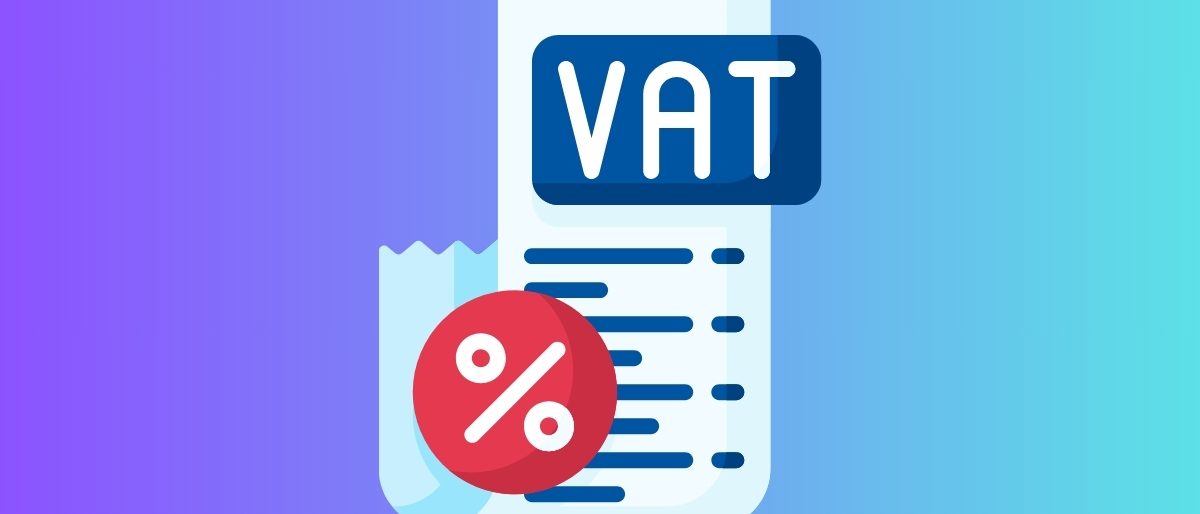Introduction
The digital transformation of invoicing practices has gained significant momentum in recent years, especially in the European Union (EU). E-invoicing has become a key component in streamlining business operations, and with the evolution of VAT (Value Added Tax) rules in the EU, businesses must adapt quickly to remain compliant. These regulatory changes aim to enhance tax transparency, reduce tax evasion and fraud, and improve the efficiency of VAT collection. Here’s how VAT rules are evolving in the EU and what it means for businesses.
1. Mandatory E-Invoicing for B2G Transactions
One of the most significant changes in EU VAT regulations is the growing requirement for business-to-government (B2G) transactions to be conducted via e-invoicing. Several EU member states, including Italy and Spain, have already implemented mandatory e-invoicing for businesses that deal with public sector entities. This means that invoices sent to government bodies must be submitted electronically and comply with the specific standards set by national tax authorities. As the EU moves toward harmonizing e-invoicing standards, businesses that interact with government agencies will need to adopt digital invoicing systems to ensure compliance and avoid payment delays.
2. E-Invoicing for B2B Transactions
While B2G transactions are already heavily regulated, business-to-business (B2B) e-invoicing is also becoming more widespread across the EU. The European Commission has been working on legislation that mandates e-invoicing for business-to-business (B2B) transactions between businesses within the EU. This legislation will likely be introduced as part of the EU’s efforts to enhance VAT compliance, reduce fraud, and improve cross-border transactions. Once mandatory, businesses will need to integrate e-invoicing solutions into their operations to ensure that invoices meet the EU’s standardized requirements, facilitating smoother transactions and VAT reporting.
3. Standardized e-Invoicing Formats
To ensure compatibility across EU member states, the EU has introduced the PEPPOL (Pan-European Public Procurement Online) standard for e-invoicing. This standardized format ensures that e-invoices can be exchanged seamlessly between businesses, tax authorities, and government bodies across different countries. The adoption of standardized e-invoicing formats helps businesses to avoid the complexities of dealing with multiple invoicing systems and simplifies compliance with EU VAT regulations.
4. VAT Real-Time Reporting
E-invoicing is also a key enabler of real-time VAT reporting. The EU is moving towards real-time reporting of VAT transactions, enabling tax authorities to monitor transactions as they occur. By using e-invoicing systems, businesses can automatically submit VAT data to tax authorities, reducing the need for manual reporting and minimizing the risk of errors. This shift not only improves efficiency but also enhances transparency and helps prevent VAT fraud.
5. Implications for Businesses
For businesses, the evolving VAT rules mean that adopting e-invoicing systems is no longer optional. To stay compliant, companies will need to integrate e-invoicing into their operations, ensuring that invoices are generated, transmitted, and stored electronically in the correct formats. This transition may require businesses to invest in new technology or software that can handle the complexities of VAT reporting and ensure they comply with the EU’s evolving regulations.
Conclusion
As VAT rules evolve across the EU, e-invoicing is becoming an essential component of VAT compliance. For businesses, this shift presents an opportunity to streamline invoicing processes, reduce errors, and improve transparency. By embracing e-invoicing, companies can stay ahead of regulatory changes, avoid potential penalties, and ensure smoother cross-border transactions in the EU’s digital economy.
#EInvoicing #VAT #DigitalTransformation #EURegulations #BusinessCompliance #TaxReporting #PEPPOL #VATReporting #CrossBorderTransactions #EUbusiness

